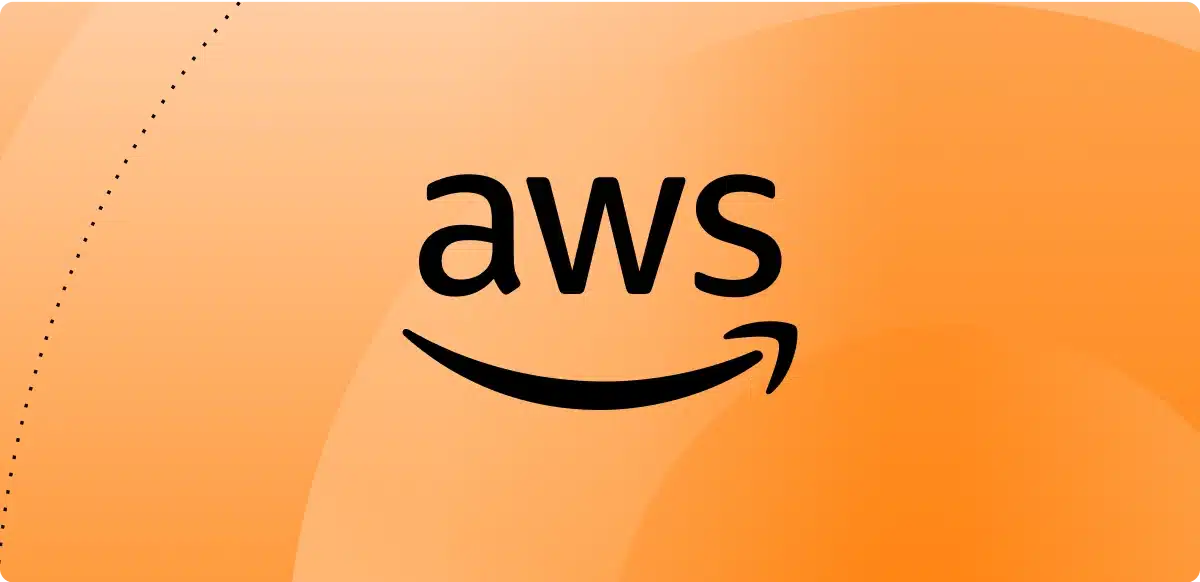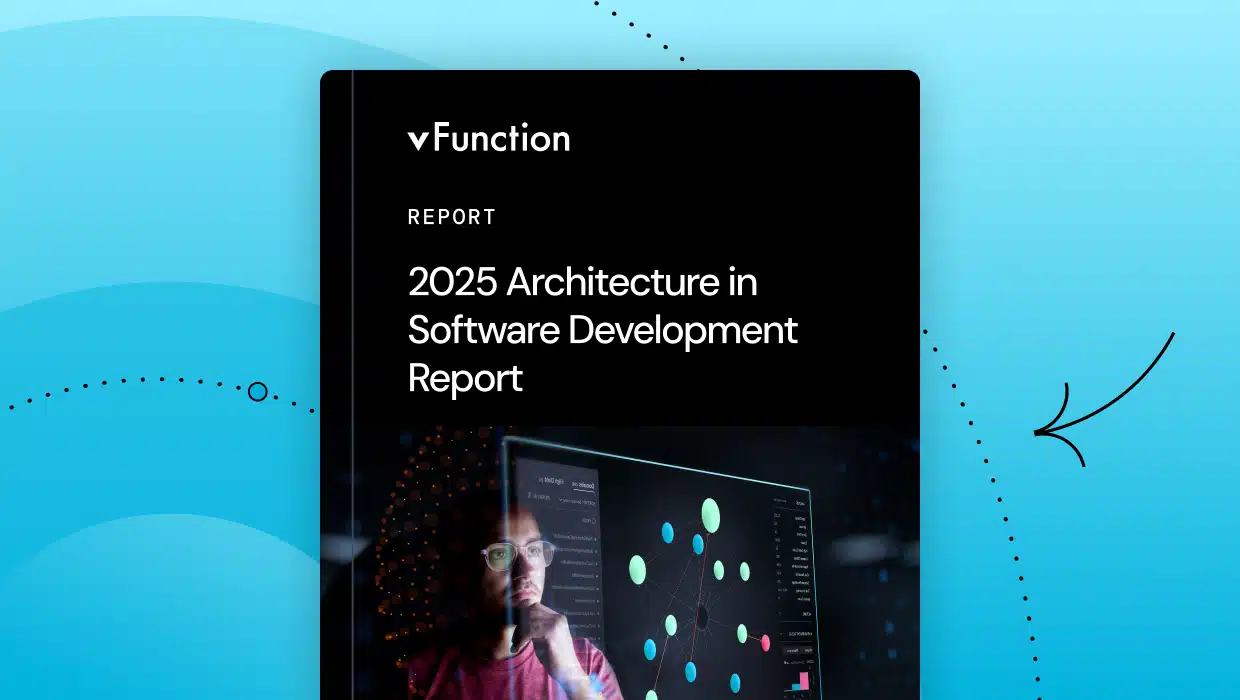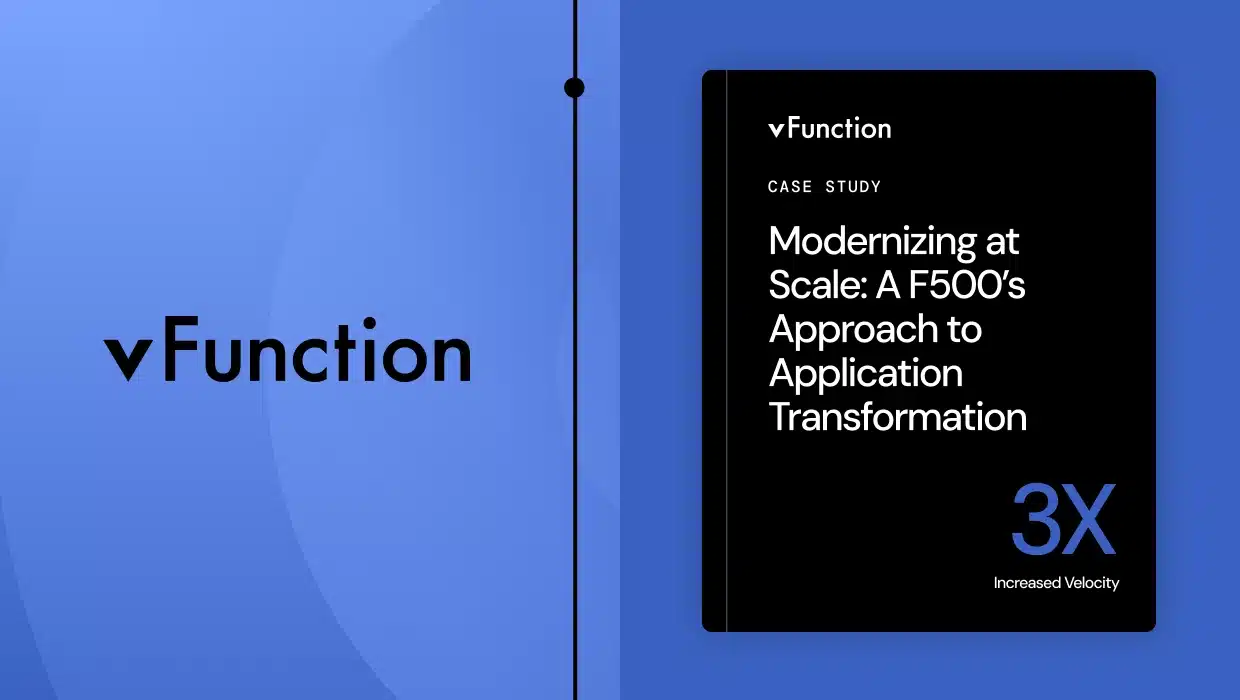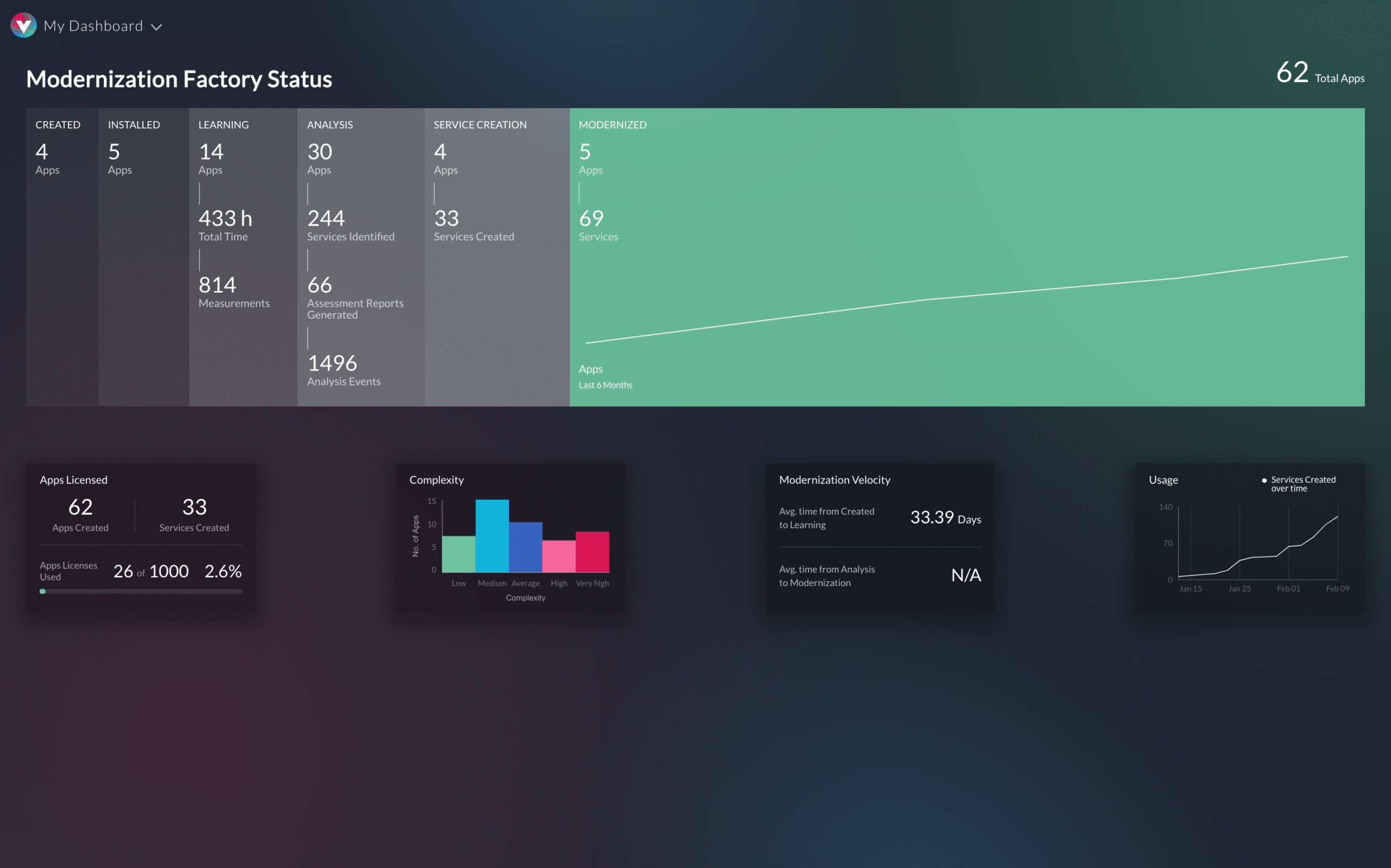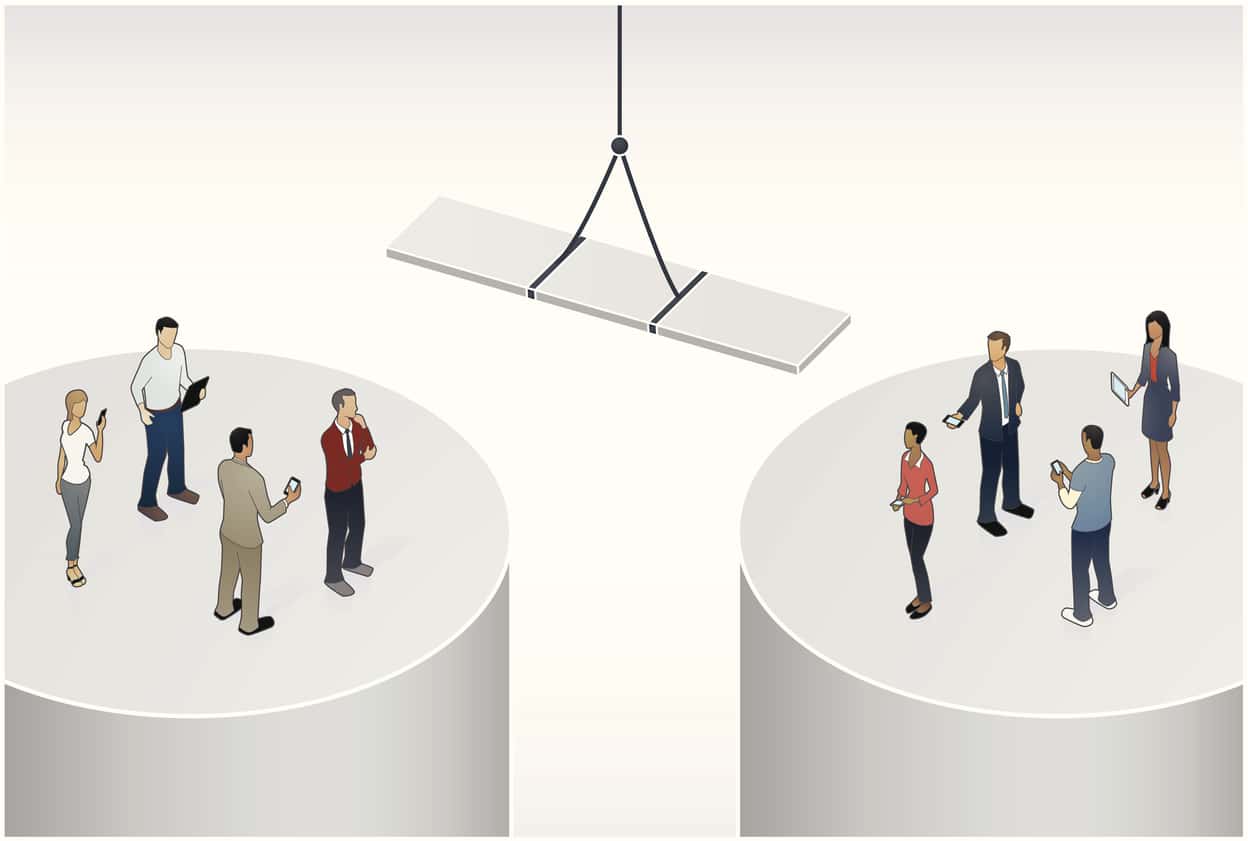
If enterprises have learned one thing from the Covid era, it’s that digital transformation is more than a handful of projects. Instead, it represents a strategic shift, breaking down organizational and technological silos to better align with the needs of customers and employees.
Enterprises have also learned that digital transformation is never complete. Rather than moving to some stable final state, being a digital organization means dealing with change as an ongoing reality – and leveraging it for competitive advantage.
It’s not good enough to introduce new technology in hopes that all the bells and whistles of modern tech will transform the organization. Even in IT, we must break down the silos – only now, we’re talking in particular about silos of legacy applications.
Application modernization, in fact, is an essential enabler of digital transformation.
Gone are the days where we can simply leave older applications alone, somehow working them into our modern way of working. Today, organizations must not only modernize – they must become adept at modernization.
Remember, change is constant, and so are the modernization needs of the digital enterprise. Application modernization, therefore, must become a core competency for any organization hoping to digitally transform.
Debunking the Digital Transformation vs. Modernization Dichotomy
If you venture into the forums and job boards for today’s modern development teams, you’ll see that the majority of the professionals in these lines of work are pursuing the latest and greatest technologies.
Cloud-native technologies like Kubernetes, microservices, and service meshes are all the rage. Programming languages like Python, Rust, and Go are the way to go. And indeed, there is a surfeit of demand for such skills, suggesting that these technologies will continue to attract eager technologists for years to come.
Such is not the world, however, of the application modernization effort. Maintaining, evolving, and migrating legacy applications requires a wide range of skillsets specific to those applications, from COBOL to J2EE to various obscure flavors of Unix, to name a few.
Some analysts believe that these two groups of professionals should march by the beat of their respective drummers – legacy folks focusing on slow-moving older technologies while the cutting-edge team moves ever faster, delivering digital solutions to customers.
Relegating these two teams to separate organizational silos, however, goes against the core principles of digital transformation – and in practice, end up slowing the organization down overall. Organizations must put a strategy in place that will resolve these organizational constraints, and application modernization is in the crosshairs.
Closing the Modernization Skills Gap
To be sure, these efforts require largely distinct skill sets, leading to different approaches to hiring and contracting with third-party providers.
Finding people who fall into the fast-moving, digital bucket is relatively straightforward. However, there is no such thing as someone with more than a handful of years of experience with any modern technology, simply because the gear hasn’t been around for that long.
Furthermore, the fast-moving group is less likely to be comfortable with the culture and bureaucracy that come with working in a large organization. There’s always the risk they’ll jump ship for the next hot startup that comes along.
The legacy team, in contrast, is quite different. Experienced developers largely populate these teams – highly skilled at maintaining their company’s business critical apps and also comfortable with working in complex organizations.
Veterans, however, have the annoying habit of retiring, leading to the need for a new generation of professionals who are comfortable working on mainframes or legacy technologies of various sorts.
The real challenge for enterprise IT leaders is finding people with one foot in each camp – someone who is comfortable enough with existing legacy to have a hand in application modernization efforts while also possessing modern technology skills like Kubernetes and microservices.
If you’re thinking that such individuals are rarer than hen’s teeth, you’d be right. Fortunately, there are approaches to addressing this skills shortage problem.
Two Techniques for Escaping the Skills Crunch
The first technique for resolving this modernization vs. modern technology dichotomy is to look to your architects.
Depending on the particular types of architects in question, most people in this role have some kind of hands-on technical background. As their careers have progressed, however, they’ve spent more of their time on higher-level design and planning skills.
In addition, the best architects are voracious learners, always looking to expand their expertise to better understand the role of the architect in their organization. Once they realize that application modernization is essential to digital transformation, many of them will typically step up and do their part.
Cross-cutting architectural expertise, however, is not the whole answer. There is also a need for tooling appropriate to this transformational effort, especially for application modernization initiatives.
The big win, therefore, is when application modernization tools and architectural expertise come together in tools like the vFunction Platform. vFunction enables developers as well as architects to organize and then accelerate the modernization process, refining service boundaries in order to resolve dependencies and redundant code, with the resulting microservices conforming to modern architectural design best practices.
The Intellyx Take
Working together with the proper tools can empower developers and architects (and other technologists) to move the application ball forward so that it doesn’t impede the digital transformation initiative.
Such modernization does more than simply ‘fix’ legacy applications. Because tools like vFunction help the team rearchitect existing applications along modern, cloud-native lines, the resulting applications are more modular and flexible than was possible before.
The digital transformation effort, in turn, relies upon this flexibility to support the ongoing, changing needs of the business and its customers.
The right tools can certainly help achieve this goal, but the fundamental enabler of such transformation is the collaboration among people from different parts of the organization.
Copyright © Intellyx LLC. vFunction is an Intellyx customer. Intellyx reserves final editorial control of this article.
